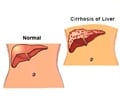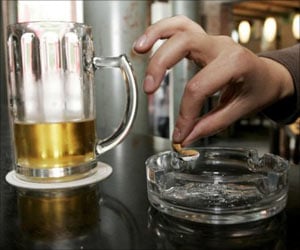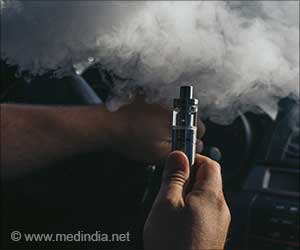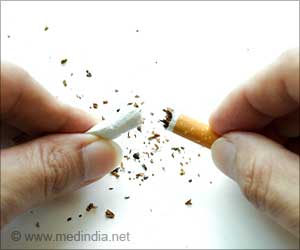A study conducted by scientists could lead to treatments to improve bone healing in alcohol abusers, and possibly non-drinkers as well.

The study found three ways in which alcohol impaired bone healing after a fracture:
There were differences between the control group and the alcohol-exposed group in the callus, the hard bony tissue that forms around the ends of fractured bones. In the alcohol-exposed group, the callus was less mineralized, meaning not as much bone was forming. Moreover, the bone that did form was not as strong.
Mice exposed to alcohol showed signs of oxidative stress, a process that impairs normal cellular functions.
The alcohol-exposed mice had significantly higher levels of malondialdehyde, a molecule that serves as a marker for oxidative stress.
During the healing process, the body sends immature stem cells to a fracture site. After arriving at the site, the stem cells mature into bone cells. Two proteins, known as SDF-1 and OPN, are involved in recruiting stem cells to the injury site. In the alcohol-exposed group, OPN levels were significantly lower.
Advertisement
Source-ANI













